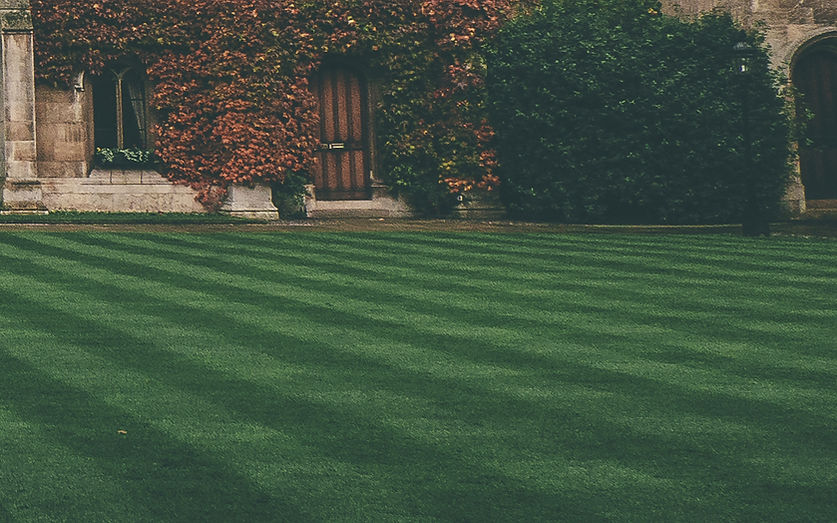

LOS ANGELES
LAWN REMOVAL
PROGRAM
INTRODUCTION
Background
The Metropolitan Water District (MWD) of Los Angeles created the Turf Replacement Program in 2014 as an effort to conserve and use water more efficiently because of California’s ongoing drought. Residential parcels account for over half of a city’s water use with 70% of water going to maintaining a property’s landscape. Los Angeles county has spent over $100 million initiating and paying for this project, which involves paying residents about $2 per square foot in the form of a rebate for cooperation, but the results or benefits of the turf removal project are unknown.
Using a previous study completed by UCLA graduate student Shenyue Jia, who gathered individual points and data for each participating property, we will conduct further analysis beyond replacement alternatives and whether people converted, partially converted, or did not convert. With LANDSAT images, we will analyze the difference in land cover and the intensity of land cover change over a period of 4 years as a result of the lawn removals. Second, we will analyzes the impact of this change on the temperature of the plots of land. In order to do this, multiple Normalized Vegetation Indexes (NDVI) will be created. NDVIs use visible light and near infrared light to shows the density of vegetation for an area. High values indicate areas with high vegetation density; low values indicate areas with low vegetation density or vegetation under stress. The ranges of NDVI runs from -1 to 1 where 1 is the highest amount of greenness and -1 is the least amount of greenness. Then, the thermal band will be compared to the NDVIs. Our objective is to measure the extent of the program’s success on reducing vegetation and investigate if it exacerbates heat issues in Los Angeles.
Problem
The turf replacement program was created by MWD in order to decrease the consumption of water due to outdoor watering. However, the MWD program has had very little independent research done about it to truly determine whether it was a successful or unsuccessful water conservation program. If the program has very minor impacts on vegetation and leads to unexpected consequences such as possibly increasing the region's temperature, then it should be remodeled or replaced.
Hypothesis
[1] If conventional lawns are removed and replaced with drought resistant landscaping, then overall temperature of the region will increase.
[2] Complete or partial replacement of lawn parcels will cause overall vegetation coverage to decrease as individuals move from parcels containing grass to other materials or different vegetation types.
Further Information
Based on the 975 sample parcels, 641 homes completed lawn removal, 98 homes had partial removal, and 236 homes had no removal. Among those land parcels that underwent complete removal, the most common replacement material was wood chips, followed by bare soil, gravel, and astroturf. The 98 addresses that underwent partial replacement held a more diverse range of changes, most commonly replacement with more than three types of materials. Grass and one other type of material (bare soil and wood chips being the most common) also characterized coverage over many of the partial replacement parcels.
Among the 641 land parcels with complete replacement, vegetation coverage falls within 4 categories:
-
0-25% coverage on ~ 30% of parcels
-
26-50% coverage on 25% of parcels
-
51-75% coverage on 24% of parcels
-
76-100% coverage on just over 20% of parcels
Among the 98 land parcels with partial replacement:
-
0-25% coverage on ~ 8% of parcels
-
26-50% coverage on ~ 12% of parcels
-
51-75% coverage on ~ 19% of parcels
-
76-100% coverage on ~ 60% of parcels
Lifeforms in parcels with complete replacement:
-
618 shrubs
-
527 trees
-
283 succulents
-
255 perennial herbs
-
188 grasses
Shrubs are the most common lifeforms found in parcels following complete replacement but it should be noted that lifeforms may have existed before replacement occurred. Most parcels contain several types of lifeforms.